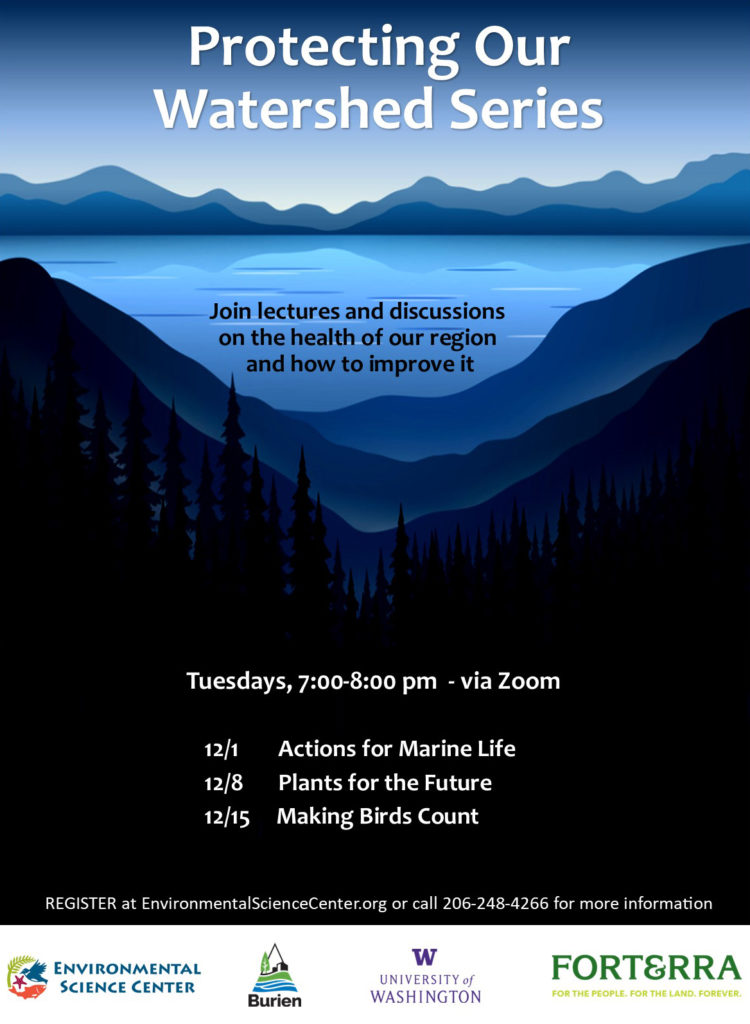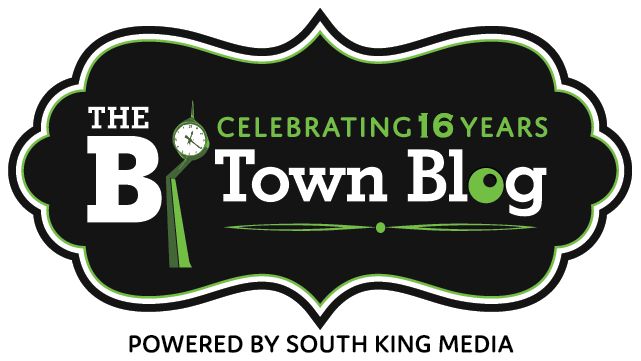Burien’s Environmental Science Center’s ‘Protecting Our Watershed‘ series will be held on three consecutive Tuesdays in December, 2020.
The events will be held from 7 – 8 p.m. on the following Tuesdays online via Zoom:
-
- Tuesday, Dec. 1: Actions for Marine Life
- Tuesday, Dec. 8: Plants for the Future
- Tuesday, Dec. 15: Making Birds Count
Here’s more info from Kharli Rose, ESC’s Community Engagement Manager:
We are surrounded by bountiful but delicate natural systems, and many could use our help. Join adult lectures and discussions with local professionals and community members on the health of our region, along with ways to sustain or enhance it. This annual series will be held in three Zoom webinar sessions with two speakers at each, and participants can write in questions throughout for live answers. This series is sponsored by the City of Burien to inform community members about regional watershed issues, stewardship practices, and to further appreciate our natural treasures.
Please REGISTER HERE to take part in these live presentations! You will be emailed a link that can work for all three sessions.
Tuesdays, 7:00-8:00 p.m.
Dec. 1: Actions for Marine Life
Discover the past, present and future restoration efforts of Seahurst Park and surrounding shorelines. Learn about local water quality taken by students, and unique ways you can help salmon and your watershed on a regular basis.
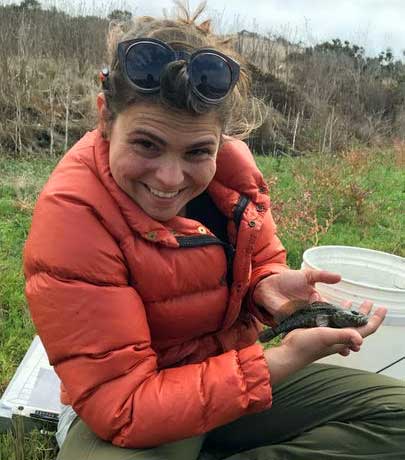
Shoreline Restoration and Beach Monitoring in Seahurst Park and Puget Sound: Dr. Simone Des Roches
Learn the ways researchers at the University of Washington are engaging with communities around Puget Sound to monitor shoreline restoration. Discover some early data on the impacts of the restoration projects in Seahurst Park specifically, and how you can get involved in monitoring efforts and contributing to science! Simone is currently working with UW’s Wetland Ecosystem Team to study urban shoreline restoration with community science groups across Puget Sound. She is originally from Vancouver, Canada, but has worked in Idaho, New Mexico, California, and now Washington. She is broadly interested in how diversity within species (intraspecific variation) links ecology and evolution. She studies how natural selection can change intraspecific variation through rapid adaptation, and how this variation feedbacks to the ecosystem… and to people. One of Simone’s most recent projects examines how decades of human-driven climate change and urbanization have led to evolution in Threespine Stickleback across a latitudinal gradient on the Pacific coast of the US. Simone is increasingly interested in studying intraspecific variation in our own species – the world’s most prominent ecosystem engineer – and how our social patterns and activities are intrinsically connected to global biodiversity. Not only do we influence the ecology and evolution of other species, but this ecology and evolution feeds back to us through nature’s contributions, ecosystem services, and disservices. Therefore, Simone believes that evolutionary ecology, conservation, and restoration must involve novel approaches – such as community (citizen) science – that integrate humans and our society, especially in urban ecosystems.
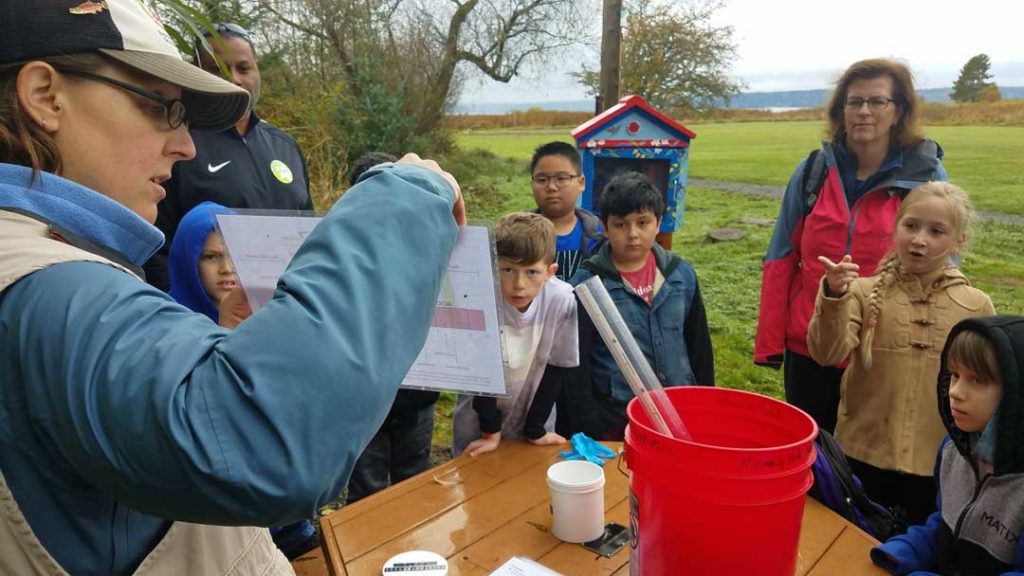
Student Heroes Making Big Impacts: Kelly Steffen
Everyone can contribute to science! Community science projects give everyday people a chance to make a big impact in their local neighborhoods. This is one of the reasons Kelly leads the Environmental Science Center’s in-school and after-school programs, which actively involve students in age-appropriate community science projects. Before she worked along Puget Sound, Kelly shared marine wonders to the land-locked citizens of Utah as the Director of Education at the Loveland Living Planet Aquarium. Since 2015, she has served as a naturalist at the Environmental Science Center to help hundreds of students test local water quality, learn about the plants and wildlife that rely on aquatic systems and empower them with ways they can make a difference in their daily lives. Now ESC’s grants and programs manager, Kelly has helped incorporate these messages in creative was to a variety of educational programs. She will share some of the projects empowering youth in south King County to make an impact in their community, and how you can help, too.
Dec. 8: Plants for the Future
Flora and fauna play a big role in the health of our natural surroundings, but also fuel and inspire us. Learn about the outlook and impact of forests through our cities, how local organizations are restoring natural areas, and how you can pitch in or help out from home.
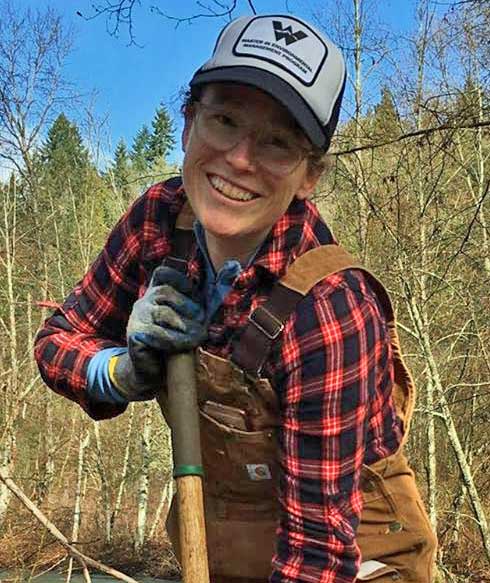
Why Urban Forests?: Ali Lakehart
Urban Forests are vital lifelines for urban residents. Their value for wildlife and ecosystem health is widely known but new research is uncovering the public health benefits of urban trees and natural areas. Forterra Senior Project Manager Ali Lakehart will present some of the findings from Forterra’s 20-year Urban Forest Stewardship Plan, including information on the health of the forest in Seahurst Park. Originally from the New Orleans Area, Ali has also called mountain ranges from the Blue Ridge to the Chisos to the Absarokas home. A self-described plant nerd, Ali fell in love with the Emerald City’s urban forests and scenic beaches upon arrival in Seattle. She holds a Master’s Degree in Environmental Management from Western State Colorado University and has served as a National Park Ranger, Restoration Manager, Environmental Educator and Conservation Corps Co-Director. Ali originally came to Forterra as a Master’s student working with the Cedar River Stewardship Project, which helped define her personal passion of engaging urban residents in their own communities. Come learn how there are now Green City Partnerships in SeaTac, Burien & Des Moines to restore and care for our local urban forests and how to take part in them.
Dec. 15: Making Birds Count
Birds are everywhere. They are agile, inspiring, mysterious, and they are also threatened. As biological indicators, they help determine the health of our surrounding areas and guide communities to take positive actions for natural and urban environments. Learn how to identify local winter birds and the upcoming counts you can participate in to help you help them from home.
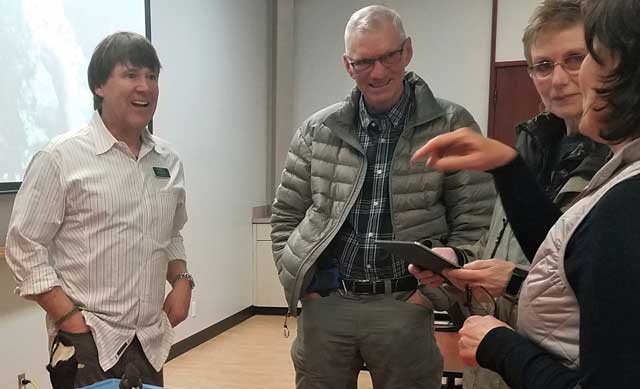
PNW Backyard Winter Birds: Ed Dominguez
Learn about and marvel at the birds you’ll find in your backyard and neighborhood this winter! From the small bushtits and juncos to the varied thrushes and pileated woodpeckers, discover where and when you’ll typically find them, what to look and listen for, and how to tell them apart. Ed has been an educator and outdoor leader in the Pacific Northwest for over 30 years and will share his identiftion skills of flora and fauna, along with his levels of appreciation for them. Until recently, he served as lead naturalist at the Seward Park Audubon Center in Seattle. He also worked as a naturalist for the North Cascades Institute, and for 25 years he has been a scramble (mountaineering) leader for The Mountaineers, co-founding their Introduction to the Natural World course. He is now leading private walks, and continues to share his passion and skills through videos on his YouTube channel, Getting Wild. Regardless of the format, Ed’s hope is that by sharing insights into the natural world around us, he can enrich your life whenever you step outside; whether in your backyard, your neighborhood, your local lake or stream, or out in the mountains.
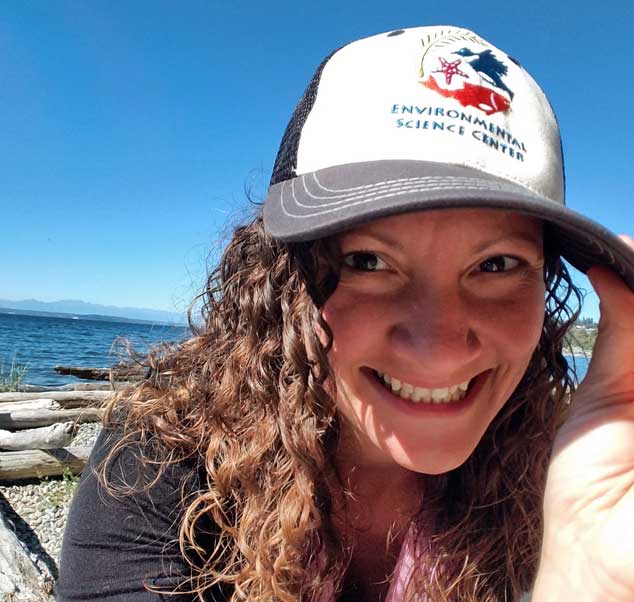
If You Can Count, You Can Help Birds: Kharli Rose
Birds can inspire and enlighten us, so it’s time to uplift them. They face increasing threats, but all ages can help by simply counting them. Scientists and bird enthusiasts can learn a lot by knowing where the birds are. Their populations are dynamic and constantly in flux, which can make monitoring them challenging. Community science projects, such as the Great Backyard Bird Count, Audubon Christmas Bird Counts, Project Feeder Watch and eBird submissions provide the “big picture” about what is happening to bird populations. The more data is collected, the more scientists can investigate far-reaching questions about birds, the environment, and our role within theirs. Regardless of your birding skill level, Kharli Rose will share resources and information about upcoming counts and community projects, mostly that can be done from home. As the community engagement manager at the Environmental Science Center, you may have found her birding with toddlers at Seahurst Park, or at ESC’s annual Bird Fest, which she coordinates. She spent a decade in the news industry and began birding in the middle of it. This joy soon revealed many natural connections and a desire to share them with others. Working with national estuary programs, natural resource departments and local Audubon groups were wonderful conduits. Kharli is thrilled to fuse environmental stewardship with community involvement, and hopes to have more people spread the bird word.
